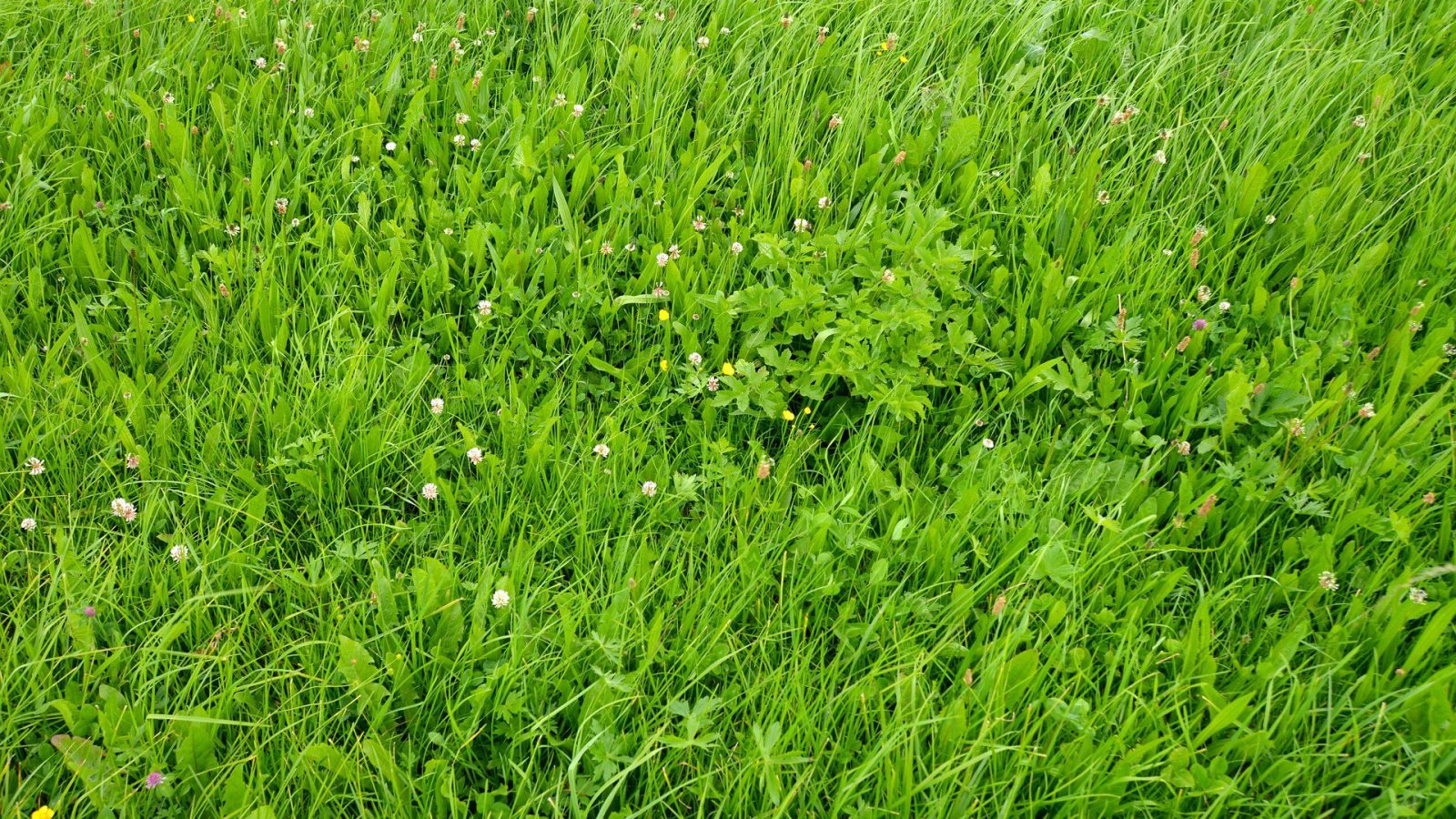Bijeenkomst: EGF2015 Auteur: Spörndly E., Andersson S., Pavard N., Le Goc S. ISBN: 978-9090-289-61-8 Jaar van uitgifte: 2015 Producttype: Paper In an automatic milking unit, a daytime grazing system with production pasture (group P) was compared with offering cows a small grass-covered paddock only for exercise and recreation, i.e. exercise pasture (group E). Two experiments …
Application of grass and cow sensor data to support grazing management in high output systems
Bijeenkomst: EGF2015 Auteur: Zom R.L.G., Holshof G., Ipema A.H. and De Mol R.M. ISBN: 978-9090-289-61-8 Jaar van uitgifte: 2015 Producttype: Paper An experiment was conducted with the objective of evaluating whether the combined data from grazing and rumen pH sensors could be used to support grazing management. Data were collected during the 2014 grazing season …
Pastur’Plan: a dynamic tool to support grazing management decision making in a rotational grazing system
Bijeenkomst: EGF2015 Auteur: Delaby L., Duboc G., Cloet E. and Martinot Y. ISBN: 978-9090-289-61-8 Jaar van uitgifte: 2015 Producttype: Paper Efficient grazing management requires anticipation and flexibility and would be greatly facilitated by the development of dynamic tools with the capability to simulate different scenarios based on regular measurement of grass supply on the farm. …
Is it possible for large herds to graze while keeping a high milk yield level? The experience of two Belgian dairy farms
Bijeenkomst: EGF2015 Auteur: Lessire F., Hornick J.L. and Dufrasne I. ISBN: 978-9090-289-61-8 Jaar van uitgifte: 2015 Producttype: Paper Grazing is more and more abandoned because of increasing size of herds and automation of herd management (e.g. automatic milking system – AMS). In this context, this study aims to evaluate milk production and composition of 2 …
Effect of organic fertilization of maize forage on greenhouse gas emissions by dairy cows
Bijeenkomst: EGF2015 Auteur: Velarde-Guillén J., Jiménez-Calderón J.D., Martínez-Fernández A. and Vicente F. ISBN: 978-9090-289-61-8 Jaar van uitgifte: 2015 Producttype: Paper The emission of methane by dairy cows, as enteric and manure fermentation, is the main source of greenhouse gas (GHG) emission in the dairy sector. The second most important GHG is the N2O emission as …
Effect of organic fertilization of maize forage on greenhouse gas emissions by dairy cowsRead More
